Have you ever cozied up in a charming little bistro, perused the menu, and found yourself pondering over ‘bistro steak’? If this term left you scratching your head as visions of ribeyes and filets danced through your mind, rest easy knowing you’ve got company.
I can’t count the number of times I’ve sat there with furrowed brows, curiosity piqued about what could possibly make this steak stand out from its more familiar counterparts. Well, consider me your culinary detective because I’ve done some delicious sleuthing on our behalf.
Here’s the scoop: that enticing ‘bistro steak’ is none other than a shoulder tender—also going by the moniker petite tender—a hidden gem that rivals the tenderness of a filet mignon but keeps your wallet from weeping.
I’ve ventured into its tasty depths and emerged with flavorful insights and tips to bring back to our kitchen comrades. Buckle up for an epicurean adventure that’ll redefine your plate; it’s time we demystify this mouthwatering morsel together.
And believe me—you’re soon to be singing praises for what may just become the unsung hero of your dinner spread. Let’s dive fork-first into the world of bistro steaks; they’re ready to take their rightful place at the top of your cravings list.
Key Takeaways
- A bistro steak, also known as a bistro filet or shoulder tender, is a versatile and flavorful cut of beef that rivals the tenderness of filet mignon but comes at a more wallet-friendly price.
- Cooking methods for bistro steak include grilling on a gas or charcoal grill, pan-searing on the stove, cooking in a cast iron skillet, roasting in the oven, using the sous vide method and smoking. Each method offers unique flavors and textures to elevate this cut of beef.
- Tips for cooking bistro steak include using a meat thermometer for precise doneness, allowing the steak to rest before slicing to redistribute juices, and experimenting with marinating and seasoning blends for added flavor. Additionally, recommended cooking times according to the desired level of doneness are provided for easy reference.
What is a Bistro Steak?
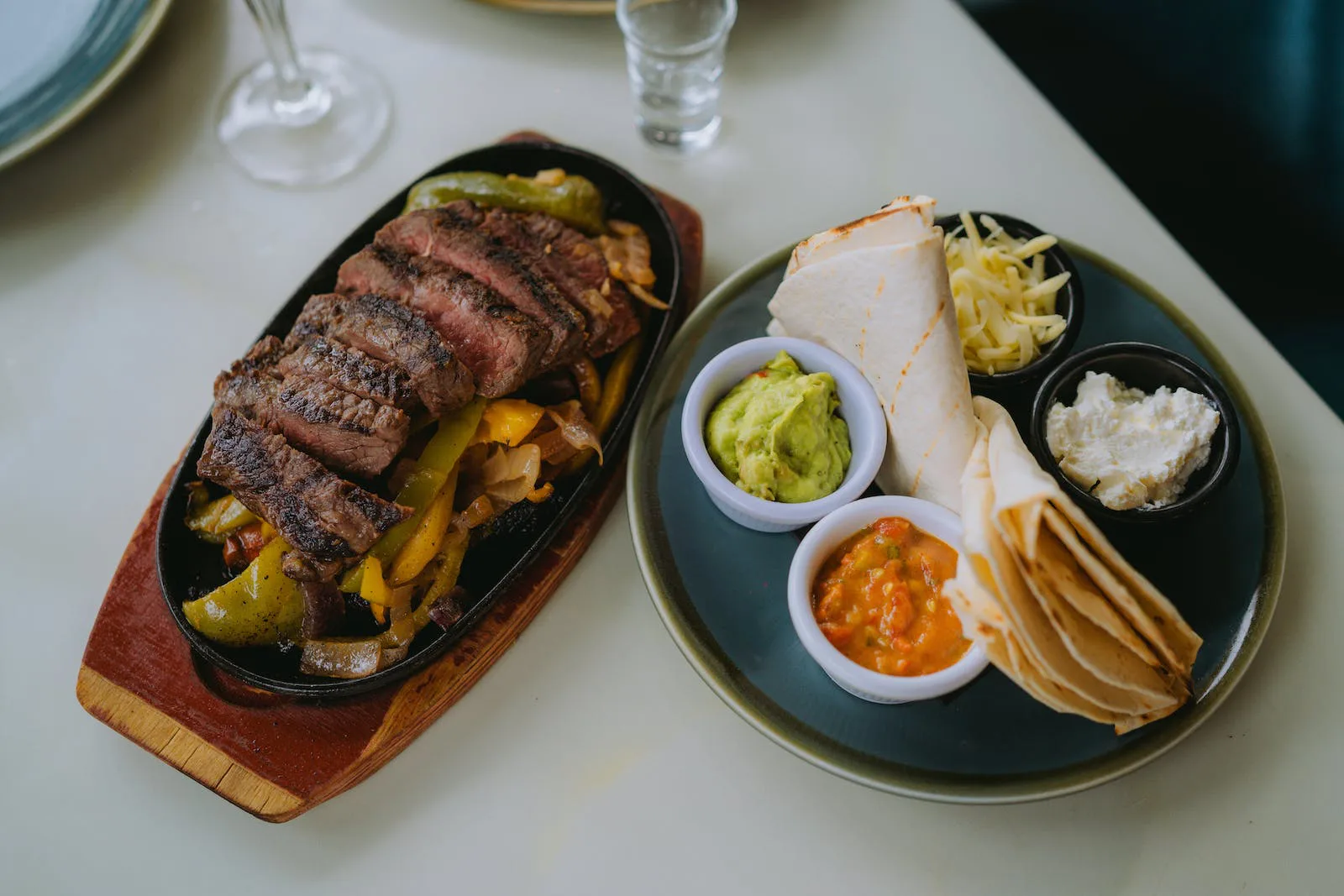
A bistro steak, also known as a bistro filet or shoulder filet, is a butcher’s favorite cut of beef that is popular in Parisian cuisine.
Also Known as Bistro Filet, Shoulder Filet, or Beef Bistro Steak
This particular cut of beef comes straight from the shoulder tender and is a butcher’s delight. It shares similarities with the luxurious filet mignon thanks to its melt-in-your-mouth tenderness.
Chefs like me love it because it can take on so many forms—from being wrapped in bacon for added richness to sitting proudly atop a heap of golden fries.
Cooking this steak brings out its best qualities, whether I’m grilling it over open flames or pan-searing it for that irresistible crust. The beauty lies in its adaptability; this steak transforms into a gastronomic masterpiece when draped with a velvety sauce or simply accompanied by earthy mushrooms and vibrant shallots.
It’s the secret weapon in my arsenal when aiming to impress diners looking for something indulgent yet straightforward.
Marinating the bistro steak opens up numerous flavor avenues—red cooking wine and Worcestershire sauce are just starters. But even without elaborate preparation, its natural flavors stand tall, making any meal an occasion unto itself.
This lean protein powerhouse isn’t just about taste; health-conscious eaters appreciate its low-fat content while savoring every tender bite.
Butcher’s Favorite Cut
Bistro filet, also known as the bistro steak, is a choice cut favored by butchers for its exceptional tenderness and rich flavor. This specialty cut comes from the shoulder tender, making it a versatile option for various cooking methods.
Often compared to filet mignon, this lean cut boasts high protein content and low-fat levels, appealing to those seeking a delicious yet health-conscious meal option. The bistro steak’s tenderness makes it an ideal selection for grilling, pan-searing on the stove, or roasting in the oven – allowing chefs and home cooks alike to create mouthwatering dishes with ease.
This coveted cut of beef is popular among both professional chefs and home cooks due to its adaptability and succulent taste. Whether marinated in classic sauces such as red wine and Worcestershire sauce or paired with rich, velvety accompaniments like mushrooms and shallots, the bistro steak offers endless culinary possibilities.
Cooking Methods for Bistro Steak
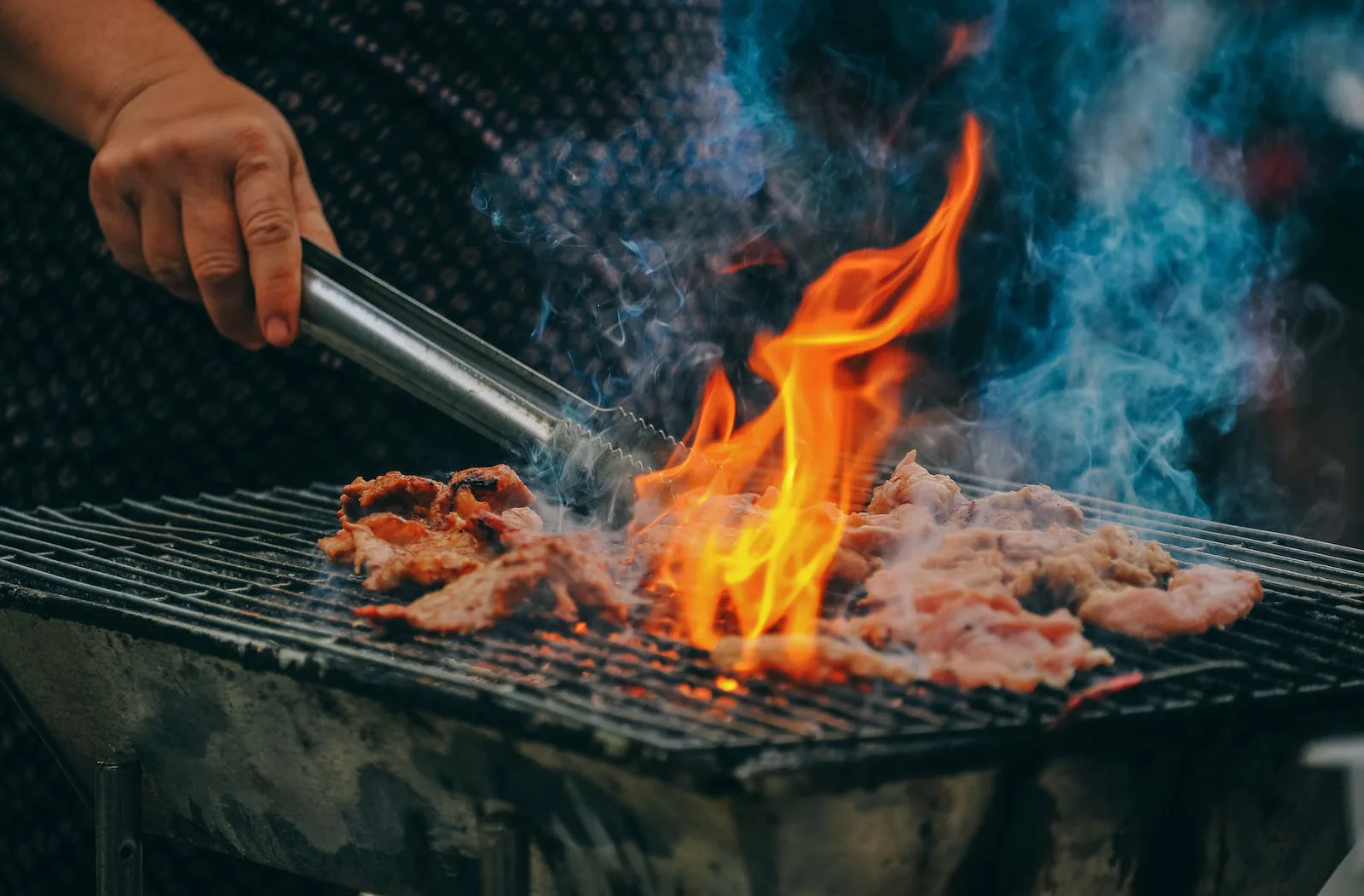
I will discuss various cooking methods for bistro steak, such as grilling on a gas or charcoal grill, pan-searing on the stove, cooking in a cast iron skillet, roasting in the oven, sous vide method, and smoking.
Grilling on A Gas or Charcoal Grill
Grilling the bistro steak on a gas or charcoal grill is my preferred method for achieving that perfect smoky flavor. Preheat the grill to high heat and lightly oil the grates to prevent sticking before placing the steak on.
Cook for about 4-5 minutes per side for medium-rare doneness, using tongs to flip it only once. Once done, let the steak rest for a few minutes before slicing against the grain and serving with your favorite accompaniments.
Moving on to “Pan-searing on the stove,” this cooking method offers a delicious seared crust while sealing in all those savory juices.
Pan-Searing on The Stove
To pan-sear bistro steak on the stove, start by patting the meat dry with paper towels to ensure a good sear. Heat a cast-iron skillet over medium-high heat and add a small amount of oil.
Once the oil is shimmering, gently lay the bistro steak in the skillet and let it cook without moving for about 3-4 minutes per side until a golden crust forms. Use tongs to flip it and sear the other side.
The high heat of pan-searing allows for a beautifully caramelized exterior while keeping the interior tender and juicy.
Avoid overcrowding your skillet to allow even browning of each piece of meat. You can also enhance the flavor by adding aromatics like garlic, thyme, or rosemary into the skillet during cooking.
Once done, transfer your pan-seared bistro steak onto a plate and let it rest before slicing.
Cooking in A Cast Iron Skillet
Moving from the stovetop to a cast iron skillet offers another fantastic cooking method for bistro steak. Lending itself well to this rich, heavy-duty cookware, the cast iron skillet provides an even heat distribution and retains heat exceptionally.
With its ability to sear and lock in flavors, preparing bistro steak in a cast iron skillet can result in a beautifully caramelized crust on the outside while maintaining succulent juiciness inside.
The versatile nature of this cooking method allows for various techniques such as searing first, then finishing in the oven or simply grilling it directly on the stove.
For those who relish that signature charred flavor, using a cast iron skillet is ideal due to its outstanding ability to achieve that perfect sear. When employing butter or oil during preparation it enhances not only the taste but also contributes immensely towards locking in moisture and lending remarkable depth of flavor to your bistro steak.
Roasting in The Oven
To roast the bistro steak in the oven, preheat it to 425°F. Place the seasoned steak on a roasting pan and cook for about 10-15 minutes for medium-rare doneness. It’s important to use a meat thermometer to ensure it reaches an internal temperature of 135°F before removing it from the oven.
Rest the roasted steak for at least 5 minutes before slicing and serving.
The high heat of the oven creates a delicious crust on the outside while keeping the inside tender and juicy. Roasting is an excellent method for achieving a perfect balance of flavor and tenderness in your bistro steak.
After roasting, you can enjoy this delectable cut of beef with your choice of sauce or pair it with classic French accompaniments like frites or mushrooms in a rich, velvety sauce.
Sous Vide Method
To cook bistro steak using the sous vide method, I set my water bath to the desired temperature and sealed the seasoned meat in a vacuum bag. Then, I submerged it in heated water for a few hours until it was perfectly cooked.
This technique allows for precise temperature control and ensures that the steak is evenly cooked from edge to edge, resulting in a tender and flavorful end product. Once done, I remove it from the bag and quickly sear it in a hot skillet to achieve a beautiful crust while maintaining its succulent texture.
Moving on to “Smoking,” let’s explore another flavorful cooking method for bistro steak that adds depth and complexity to this delicious cut of meat.
Smoking
One way to prepare bistro steak is by using a smoking method, which adds a unique flavor profile to the meat. Smoking bistro steak involves slow-cooking it over low heat and wood chips or chunks.
This process infuses the meat with a smoky aroma and enhances its natural tenderness. The result is a perfectly cooked bistro steak with a rich, smoky taste that pairs well with classic French sauces or simple seasoning.
Smoking bistro steak can be achieved using different types of wood chips like hickory, oak, or mesquite to impart distinct flavors. It’s essential to ensure that the smoker maintains a consistent temperature for even cooking throughout the process.
Tips for Cooking Bistro Steak
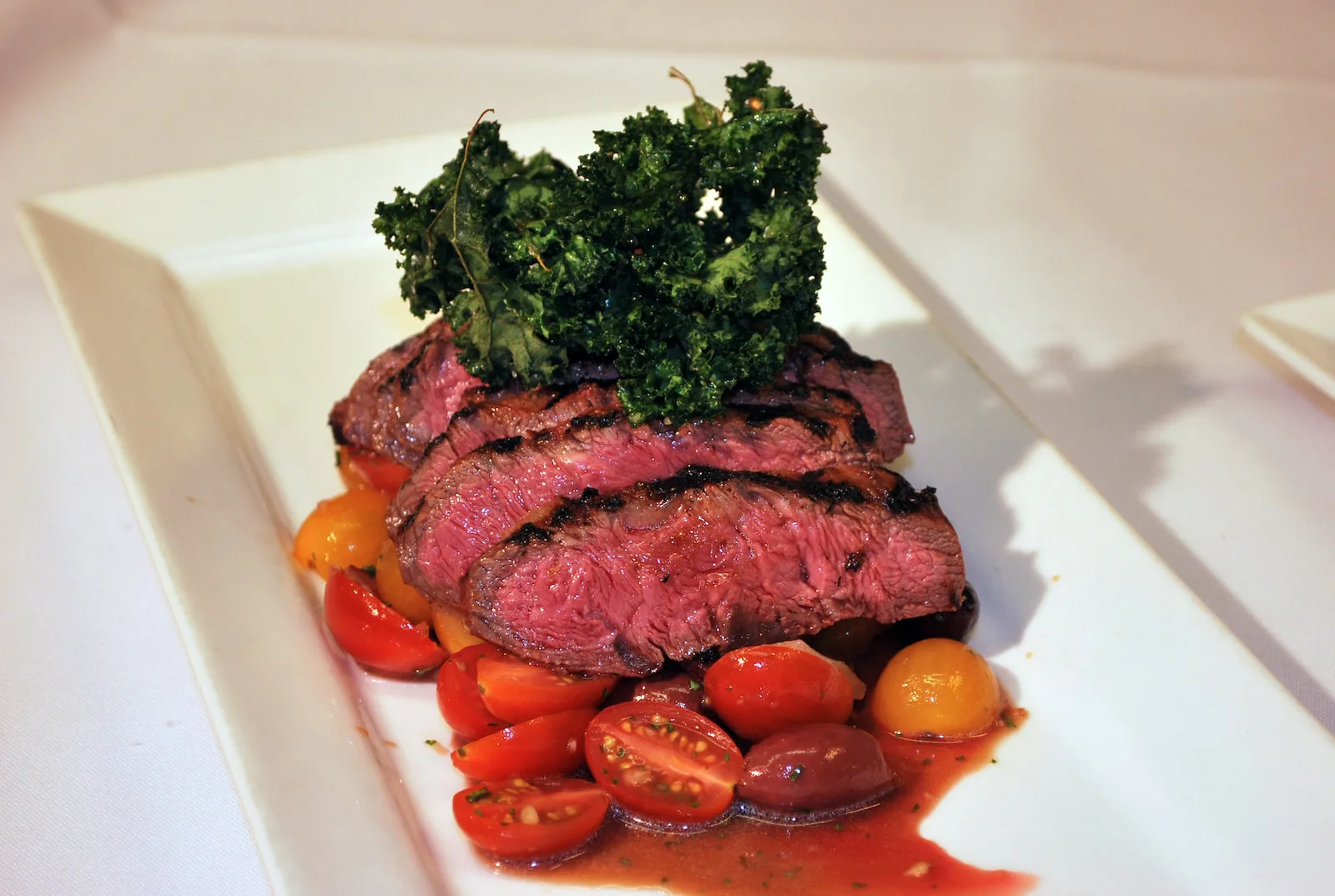
- Use a meat thermometer to ensure proper cooking temperature
- Let the bistro steak rest before slicing to allow the juices to redistribute
- Try marinating the steak for added flavor and tenderness
- Experiment with different seasoning blends and rubs for Variety
Recommended Cooking Times
When it comes to nailing the perfect doneness for bistro steak, timing is crucial. Below, you’ll find a handy table to guide you through the recommended cooking times for achieving your desired level of succulence.
| Doneness | Internal Temperature | Time on Grill (per side) | Time in Pan (per side) | Time in Oven |
|---|---|---|---|---|
| Rare | 120-125°F (49-52°C) | 2-3 minutes | 2-3 minutes | 5-6 minutes |
| Medium Rare | 130-135°F (54-57°C) | 3-4 minutes | 3-4 minutes | 7-8 minutes |
| Medium | 140-145°F (60-63°C) | 4-5 minutes | 4-5 minutes | 9-10 minutes |
| Medium Well | 150-155°F (65-68°C) | 5-6 minutes | 5-6 minutes | 11-12 minutes |
| Well Done | 160°F (71°C) and above | 6-7 minutes | 6-7 minutes | 13-14 minutes |
Remember, these times may vary slightly due to the thickness of the steak and the type of heat source you’re using. Always use a meat thermometer to confirm the internal temperature. You’ll want to rest your bistro steak for at least 5 minutes after cooking. This allows those delicious juices to be redistributed, ensuring every bite is as flavorful as possible.
How to Achieve Desired Level of Doneness?
To achieve the desired level of doneness for your bistro steak, it’s important to use a meat thermometer to accurately gauge the internal temperature. This ensures that you cook the steak precisely to your preference, whether it’s rare, medium-rare, medium, or well-done.
Additionally, adjusting cooking times based on the thickness and cut of the steak can help achieve the perfect doneness. For example, thicker cuts may require longer cooking times at lower temperatures to avoid overcooking on the outside while waiting for the inside to reach ideal doneness.
Understanding how different cooking methods affect doneness is also crucial. Grilling tends to sear and char the exterior quickly but might leave the interior undercooked if not monitored carefully.
On the other hand, pan-searing allows more control over heat distribution and can lead to a more even cook throughout.
Recall always factor in carryover cooking – when meat continues to cook after being removed from heat due to residual internal heat – this determines when you should take your steak off the heat so that it reaches just right at its serving time.
Specialty Cooking Techniques
When cooking bistro steak, I recommend trying specialty techniques such as pan-searing or sous vide. Pan-searing the bistro steak in a hot skillet with butter and aromatics can create a flavorful crust on the outside while keeping the inside tender and juicy.
Another technique to consider is using the sous vide method, which involves sealing the seasoned steak in a bag and cooking it slowly in a water bath at a precise temperature. This ensures even cooking throughout and preserves the natural juices of the bistro steak for an exquisite dining experience.
Exploring various cooking methods allows you to fully appreciate the tenderness and rich flavor of bistro steak. It’s important to note that mastering different techniques can elevate your culinary skills and enhance your enjoyment of this premium cut of beef.
How to Make a Simple Pan Sauce?
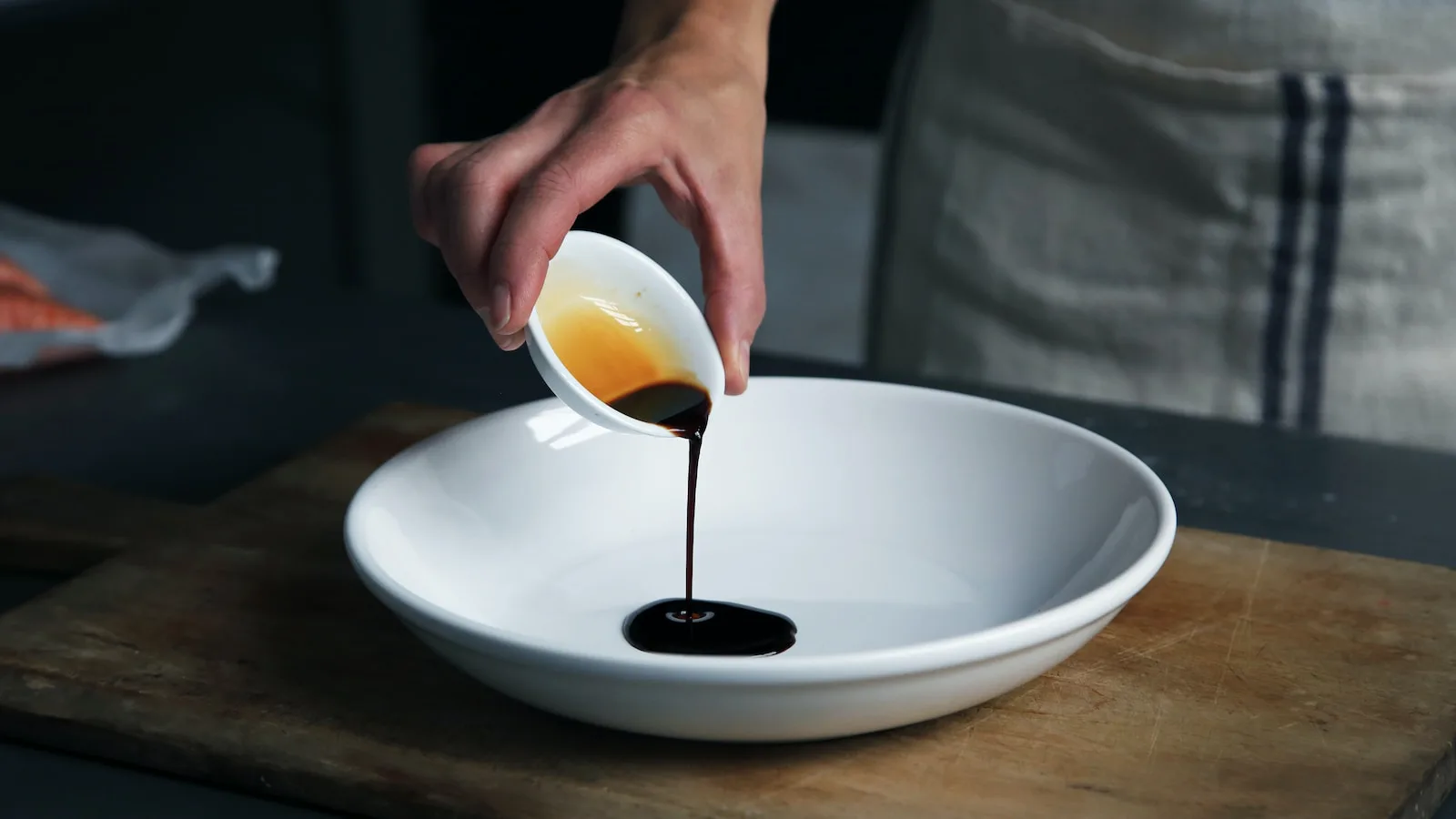
To make a simple pan sauce, all you need is some butter, shallots, wine or broth, and fresh herbs. The key is to deglaze the pan with the liquid and let it simmer until it reduces slightly.
For the full recipe and instructions on how to make this delicious sauce for your bistro steak, click here!
Ingredients
For a simple pan sauce to accompany bistro steak, you will need butter, shallots, garlic, thyme, beef broth, and red wine. The shallots and garlic add depth of flavor, while the thyme brings an earthy note.
The combination of beef broth and red wine creates a rich and savory base for the sauce that perfectly complements the tender bistro steak.
The ingredients for this pan sauce are readily available in most kitchens or easily found at any grocery store. Together, they create a luscious accompaniment to elevate the flavors of the bistro steak without overwhelming its natural taste.
Instructions
To cook a bistro steak, start by preheating the grill or skillet. Season the steak with salt, pepper, and any desired herbs. Place the steak on the grill or into the skillet and cook for approximately 4-5 minutes per side for medium-rare doneness, adjusting cooking time based on the preferred level of doneness.
Different Ways to Enjoy Bistro Steak
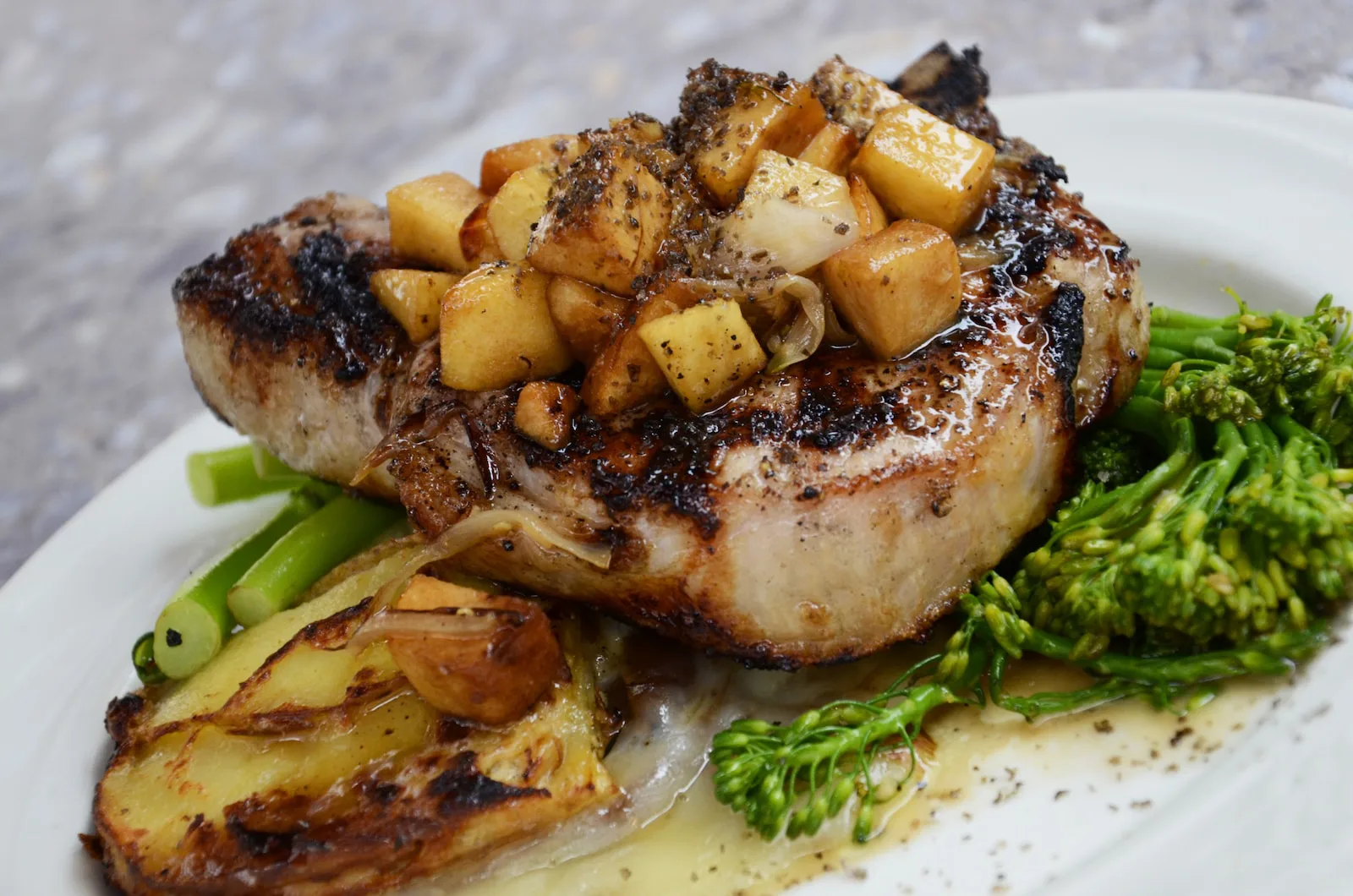
Related recipes such as steak frites, chimichurri, and grilled steak all highlight the delicious versatility of bistro steak. Pair with a side of roasted vegetables or a fresh salad for a satisfying meal with friends and family.
Read on to discover more ways to enjoy this delectable cut of meat!
Related Recipes
I enjoy cooking bistro steak using different recipes to tantalize my taste buds. One of my favorite recipes is the classic Steak Frites, where the tender bistro fillet pairs perfectly with crispy French fries and a tangy chimichurri sauce.
Another go-to recipe for me is a pan-seared steak with a rich mushroom and shallot sauce. The savory flavors of the steak complement the earthy tones of the mushrooms beautifully.
When it comes to grilling, I love marinating bistro steak in a flavorful herb and garlic marinade before putting it on the grill. Pairing it with some grilled vegetables makes for a well-rounded meal bursting with flavor.
Pairing Suggestions
When it comes to pairing bistro steak, I find that the rich and tender flavors of this cut complement a variety of dishes. For an elegant and classic pairing, consider serving bistro steak with a side of creamy mashed potatoes or buttery roasted vegetables.
The velvety texture of the steak also pairs well with bold red wines such as Cabernet Sauvignon or Merlot. Additionally, for a lighter option, consider pairing bistro steak with a crisp garden salad dressed in a tangy vinaigrette to balance out the richness of the meat.
The versatility of bistro steak makes it an ideal choice for various pairings. Consider serving it alongside fresh seafood like grilled shrimp or scallops for a surf-and-turf experience.
Health Benefits of Bistro Steak
Bistro steak offers numerous health benefits. This lean cut of meat is high in protein and low in fat, making it a popular choice for those looking to maintain a balanced diet. Additionally, bistro steak provides essential nutrients such as iron, zinc, and vitamin B12, which are crucial for overall well-being.
Its tenderness makes it easy to digest and suitable for individuals seeking a flavorful yet nutritious option.
Moreover, bistro steak can be incorporated into various diets due to its versatility and delicious taste. Whether you’re following a low-carb regimen or focusing on increasing your protein intake, this cut of beef fits the bill while allowing for diverse cooking methods that retain its nutritional value.
FAQs
What is a Bistro Steak?
A bistro steak is a delicious cut of meat that’s often pan-seared and served in Parisian bistros, typically paired with fries or “steak frites”.
How does Chef prepare the Bistro Fillet & Sauce?
The chef expertly pan-sears the bistro fillet, creating a crusty outside while keeping it juicy inside, then serves it up with a flavorful sauce to complement the steak.
Are there other cuts similar to Bistro Steak?
Yes! Petit tenders and pork tenderloin can be cooked similarly to bistro steaks for variety at your favorite restaurant.
Can I make my own version of Steak Frites like they serve in bistros?
Absolutely! With some ribeye or your preferred steak cut, you can marinate, pan-sear at home and enjoy it alongside crispy fries for an authentic bistro-style meal.
Conclusion
The bistro steak, also known as the bistro filet or shoulder tender, is a versatile and flavorful cut of beef suitable for various cooking methods. These practical tips are easy to implement and efficient in achieving the desired level of doneness.
Emphasizing its importance as a favored choice among chefs and home cooks highlights how these approaches can lead to significant improvements in your meals. For further inspiration and guidance on enjoying bistro steak, explore related recipes and pairing suggestions.
Remember that mastering the art of cooking bistro steak can elevate your culinary experience.

